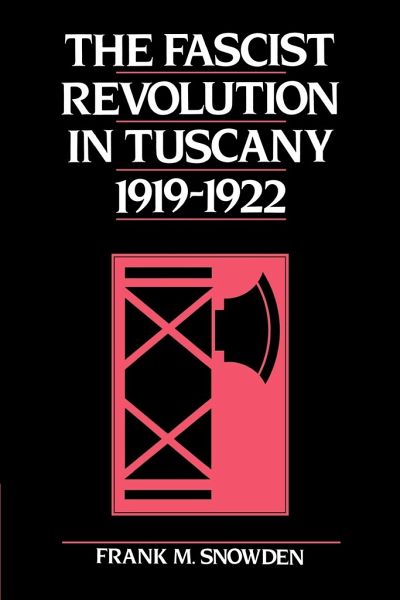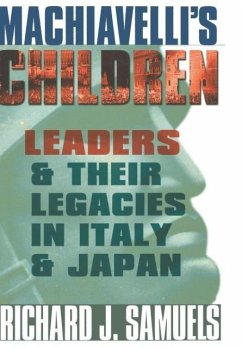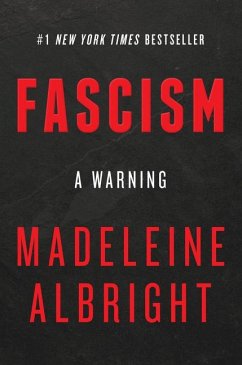
The Fascist Revolution in Tuscany, 1919 22

PAYBACK Punkte
21 °P sammeln!
A detailed study of the social origins of the fascist recation in Tuscany.This is a detailed study of the social origins of the fascist reaction in Tuscany, which played a key role in the rise of Italian fascism to power. Tuscan fascism was second to none in its violence, organisational strength, intransigence and missionary zeal. The central question is who supported fascism, and why. To what extent did Tuscany, a major agricultural region, conform to national patterns? What are the implications of the pattern of support for fascism in Tuscany for the wider interpretation of the movement? Dr ...
A detailed study of the social origins of the fascist recation in Tuscany.
This is a detailed study of the social origins of the fascist reaction in Tuscany, which played a key role in the rise of Italian fascism to power. Tuscan fascism was second to none in its violence, organisational strength, intransigence and missionary zeal. The central question is who supported fascism, and why. To what extent did Tuscany, a major agricultural region, conform to national patterns? What are the implications of the pattern of support for fascism in Tuscany for the wider interpretation of the movement? Dr Snowden offers a thematic approach, discussing in turn agrarian fascism, industrial and urban activity, and relations between the black-shirts and state officials. Thus the significance of the fascist militancy of particular social groups and classes can be assessed for the period between the mass strikes in 1919 and the end of labour militancy marked by the beginning of the fascist dictatorship.
Table of content:
Preface; List of abbreviations and Italian terms; Map of Tuscany; Introduction; Part I. The Countryside: 1. Partnership and love; 2. The appeal of the right; Part II. The Cities: 3. Big business and Mussolini; 4. The petty bourgeoisie and the Squads; Part III. The State: 5. Compromise and collusion; Conclusion; Notes; Bibliography; Index.
This is a detailed study of the social origins of the fascist reaction in Tuscany, which played a key role in the rise of Italian fascism to power. Tuscan fascism was second to none in its violence, organisational strength, intransigence and missionary zeal. The central question is who supported fascism, and why. To what extent did Tuscany, a major agricultural region, conform to national patterns? What are the implications of the pattern of support for fascism in Tuscany for the wider interpretation of the movement? Dr Snowden offers a thematic approach, discussing in turn agrarian fascism, industrial and urban activity, and relations between the black-shirts and state officials. Thus the significance of the fascist militancy of particular social groups and classes can be assessed for the period between the mass strikes in 1919 and the end of labour militancy marked by the beginning of the fascist dictatorship.
Table of content:
Preface; List of abbreviations and Italian terms; Map of Tuscany; Introduction; Part I. The Countryside: 1. Partnership and love; 2. The appeal of the right; Part II. The Cities: 3. Big business and Mussolini; 4. The petty bourgeoisie and the Squads; Part III. The State: 5. Compromise and collusion; Conclusion; Notes; Bibliography; Index.














